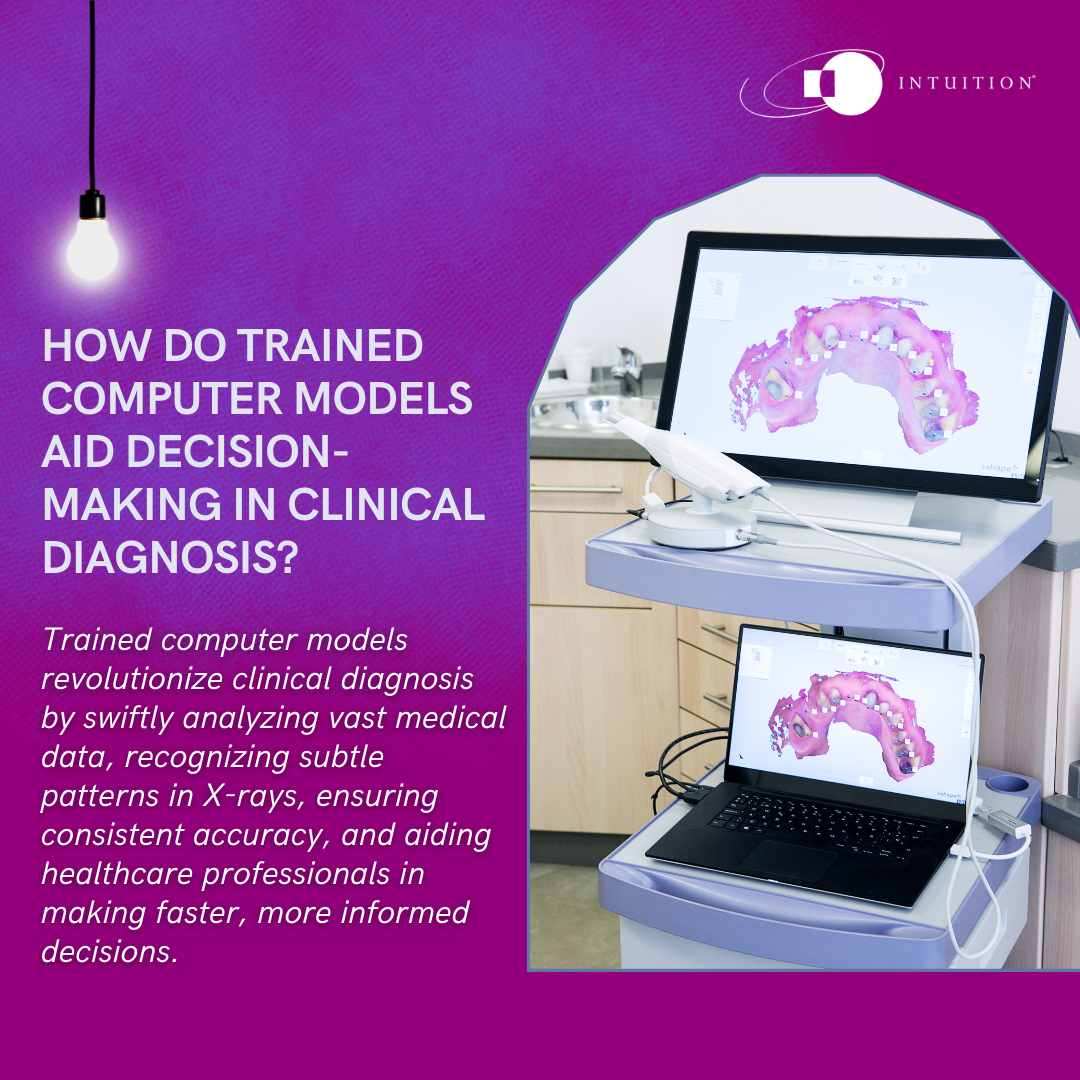How computers add value to business: Modeling & decision-making
The earliest computers performed relatively simple tasks, such as tabulating and organizing numbers and basic calculations using simple mathematics. To perform more advanced functions, computers require more advanced math.
Understanding the mathematical concepts and methods that underline computing applications such as artificial intelligence (AI) and machine learning (ML) is important. It can help financial professionals use technological tools more effectively and discover new applications for existing models, techniques, and instruments.
How computers add value to business
There are two primary ways that computers can add value to businesses:
- Modeling
- Decision-making
Modeling
Modeling is the creation of a representation of an aspect of reality.
Modeling can be done with computers, or it can be done using physical materials or pen-and-paper.
We can build a simple business model as a spreadsheet that tracks inputs and outputs.
We can build a more complex model using real-time feeds from many data sources and combining them with a set of rules that may themselves have changing parameters.
The purpose of a model is to present the user with a simplified picture of reality that they can use to make decisions.
It is important to emphasize that the purpose of modeling is to create a simpler-than-reality representation of the object of interest.
Users can then make decisions based on modeled scenarios.
For example, a user could create a model and alter some inputs to see how the model performs, using the results to inform their decision-making.
This process gives the user a guide as to how a real-world object – be it an airplane wing, a financial derivative, or a company – will perform as inputs change.
For example, a user could add a wingtip, or change the strike of an option, or model the impact of offshoring a manufacturing plant.
This process of creating a simplified version of reality and changing certain inputs is all that a model can do.
In finance, models are used frequently, either implicitly – P/E ratios, for example, are very simple models – or explicitly – such as the use of the Black-Scholes model for option pricing.
It is important to always keep in mind that models are not perfect representations of reality, and to understand their limitations.
Decision-making
With today’s increased computational power, access to huge pools of data (Big Data), and techniques such as ML, computers are now able to make decisions themselves – they are using the models they build to understand the real world and applying them to new data to decide what the data represents and how to move forward.
The most obvious examples are in clinical diagnosis where trained computer models are proving better than clinicians at identifying cancers in X-rays.

Test Yourself: True or False?


